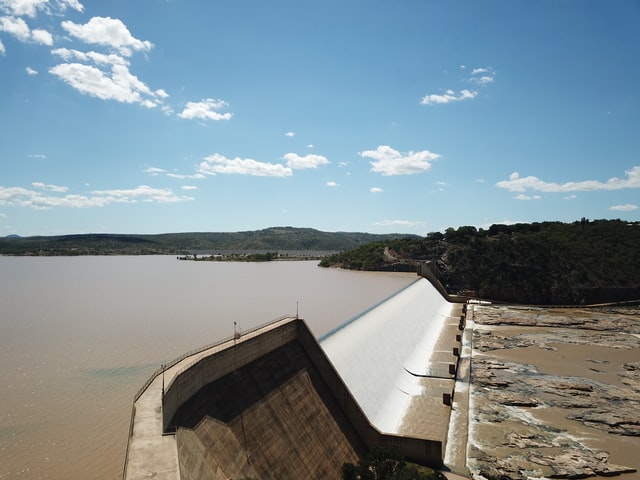27 Jan COVID-19 accelerates structural shifts in infrastructure use: Infrastructure Australia

Burdekin Dam, Queensland, Australia. Image source: N Storey.
The Australian Infrastructure sector responded well to the challenges of Covid-19 but several trends will impact on future infrastructure delivery and demand, according to a report from Infrastructure Australia (IA).
Infrastructure beyond COVID-19: A national study on the impacts of the pandemic on Australia was requested by the Commonwealth Government to help the development of the 2021 Australian Infrastructure Plan. Demand and use of transport, telecommunications, digital, energy, water, waste, and social infrastructure has changed dramatically since the coronavirus outbreak which must be understood to plan, fund and deliver future infrastructure.
People’s willingness to use public transport has dropped significantly, by between 10-30 per cent in most cities. This means more private vehicles on the roads and local traffic congestion. Traffic data shows that road transport is nearly back to pre-Covid-19 levels after initial reductions in traffic
on major arterial corridors.
An extra 4 million people (30 per cent of the workforce) have been working at home since March 2020. A third of these works prefer to remain working from home adding to broadband network demand, energy and water consumption in the suburbs as well as flow-on demand for local greenspace.
Online sales grew five times the annual growth recorded in 2019 seeing waste generation, such as paper and plastic packaging, spike. The 20 per cent rise in municipal waste because of Covid-19 comes at the same time as the waste and recycling industry is dealing with China’s foreign waste
and recycling ban.
Metropolitans have flocked to the regions with a 200 per cent increase in net migration from capital cities to regional areas putting pressure on housing stock, roads and other local infrastructure. Along with people making sea and tree changes, state lockdowns have resulted in increased tourist numbers to regional centres.
Whether these trends continue is uncertain, but most are expected to last at least until a vaccine is widely available and introduced to the Australian population. It is, however, realistic to think demand for urban transport and office accommodation will diminish or remain static and the demand for broadband network and housing stock in regional areas increase in coming years.
The report finds that governments and infrastructure service providers responded well to the changing infrastructure demand, namely in digital service delivery and local and regional built environment infrastructure.
Infrastructure construction continued during the worst of the pandemic and helped soften the economic and employment slowdown.
To read the report in full visit infrastructureaustralia.gov.au

 MY ACCOUNT
MY ACCOUNT
